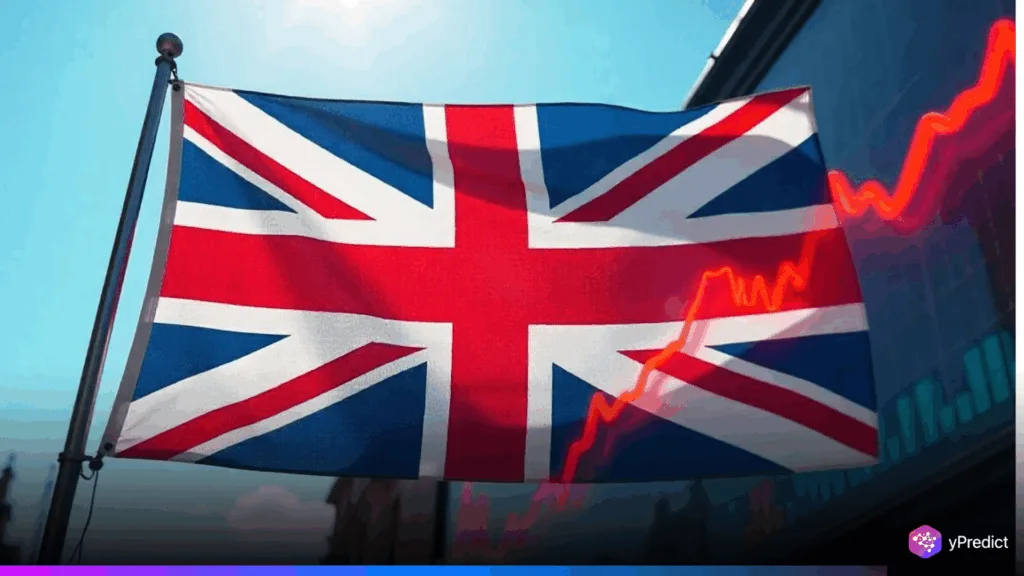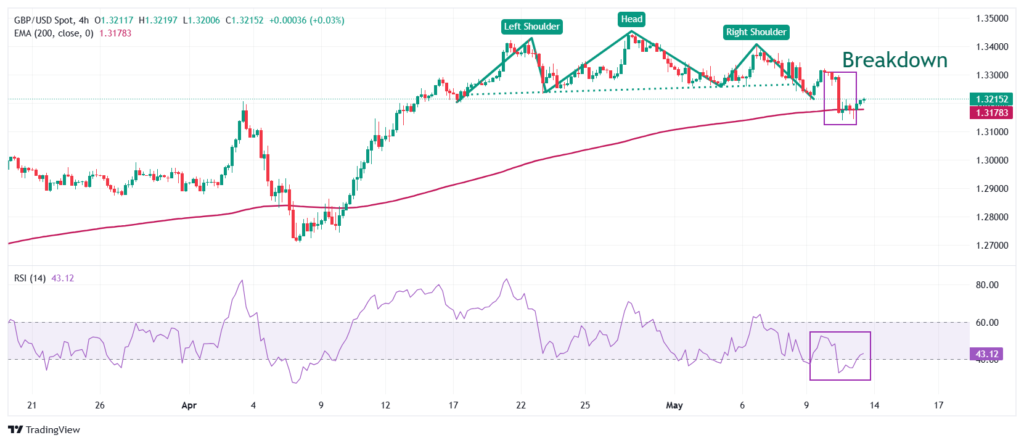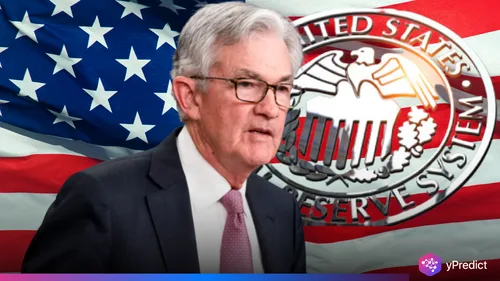
The UK labor market began to show signs of a downturn, which put pressure on the pound. However, because of slowing wage growth and rising unemployment, the Bank of England may cut interest rates. The US CPI report could be the next significant event that influences the GBP/USD pair. Investors are getting ready for the foreign exchange market to become more volatile.
Why Is The UK Labor Market Slowing Down?
The Office for National Statistics reports that the UK labor market has cooled. In three months, the number of new jobs fell from 206K to 112K, while the unemployment rate increased marginally to 4.5%. This is driven by rising social security costs and uncertainty about the nature of US-UK trade.
Growth in wages was also disappointing. Expectations were not met as average earnings excluding bonuses increased by only 5.6%. With bonuses included, the rate was 5.5%, which was lower than previous levels. Another reason for the Bank of England’s flexible policy is the decline in the value of the British pound.
Will Inflation Data Shift the GBP/USD Pair?
The UK labor market weakness is compounded by global developments. After a decline, the GBP/USD pair traded close to 1.3210 on Tuesday. The US and China had agreed to a 90-day tariff truce that would reduce import duties, setting off Monday’s rally.
According to Kugler, the current trade market may continue to fuel price pressures, which would reduce the chance of a rate cut by the Fed. Investors are currently awaiting the US Consumer Price Index data, which is anticipated to reveal 2.8% annual core inflation. The next move in the GBP/USD pair may be determined by this release. Until then, the Forex update continues to be sensitive to new information and changing sentiment.
Technical Chart Suggests Downside for British Pound
From a technical angle, the GBP/USD pair has broken down from a Head and Shoulders pattern on the four-hour chart. This typically signals a reversal and adds to the bearish case. The pair hovered near the 200-period EMA at 1.3190, with downside momentum slowing but still present.

The RSI rebounded above 40.00 after falling to near-oversold territory. However, the overall pattern suggests further declines unless the pair recovers important resistance levels. On the upside, the psychological 1.3000 mark offers solid support, while 1.3445 represents a significant barrier.
The Forex update community is keeping a close eye on Thursday’s UK GDP and production data in case there are any surprises. If the UK economy’s Q1 growth of 0.6% is achieved or surpassed, the British pound may experience short-term respite.
Is the UK Labor Market Facing Deeper Trouble?
With businesses and policymakers navigating growing costs and global uncertainties, the UK labor market outlook is still bleak. Following a slowdown in employment and wage growth, the Bank of England may pursue further rate cuts to increase demand.
Everyone is watching today’s US inflation report and Thursday’s economic prints as they wait for the next Forex update. The divide between central bank policies and relative economic performance may determine the British pound’s future course. For the time being, the bias remains cautious due to the slowing state of the UK labor market.







